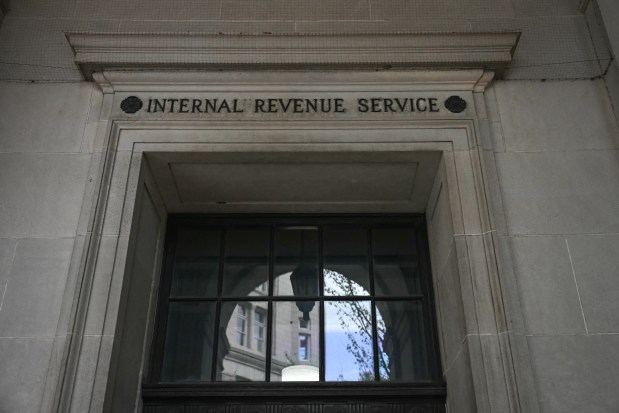On June 2, to the shock of students, faculty, staff and alumni, Philadelphia’s University of the Arts announced it was permanently closing. How much notice was given to folks losing their jobs and their alma mater? Less than a week.
The news of the school’s closure sent shock waves through America’s arts communities and also through those who care about downtown Philadelphia, where the school had an extensive Center City campus. Generally speaking, the dominant emotion among stakeholders was sheer amazement that an institution of higher education could effectively go bust and offer only days’ notice, even though it had just recruited a fall class of incoming students. This hardly was an overextended convenience store: Universities are expected to be there forever, allowing graduates to hold reunions year after year.
Precisely what happened is not entirely clear, and a last-minute rescue plan may yet emerge from other schools, but the crisis revolves around two factors: the so-called enrollment cliff of fewer college-bound 18-year-olds in coming years, and money, or the lack thereof.
“UArts has been in a fragile financial state, with many years of declining enrollments, declining revenues, and increasing expenses,” said the school’s president, Kerry Walk, and the chair of its board of trustees, Judson Aaron. “With a cash position that has steadily weakened, we could not cover significant, unanticipated expenses. The situation came to light very suddenly. Despite swift action, we were unable to bridge the necessary gaps.”
Clearly, University of the Arts had serious, singular issues, not all of which have yet come to light. But many small private colleges are anticipating similar enrollment drop-offs while contending with increased expenses stemming, among other things, from broad unionization efforts. These trends have a way of compounding into full-blown crises given that students have many choices when it comes to college. Tuition at University of the Arts has been $51,130. By point of comparison, Pennsylvania State University charges less than half that amount. It hardly needs stating that artistic professions offer no guarantee of financial return even though training schools nurture crucial cultural talent that the nation needs.
What are the broader lessons for cities like Chicago, where several private institutions of higher learning heavily invested in arts education anchor its downtown area, including Roosevelt University, DePaul University, the School of the Art Institute and Columbia College Chicago?
The universities have to be lean and fiscally prudent to get through this era, something that unions and their memberships have to understand. But then so do administrators who have increased in number, often at the expense of full-time faculty, and typically are paid high salaries. Those in a position to give philanthropically should know that the need for their support increases as demographic trends inevitably lessen enrollment. And the city as a whole has to keep careful watch: The tough situation in Philadelphia is a reminder that schools can and do go out of business and their loss can seriously wound an urban core.
We should remember that much of the Loop renaissance in the Daley era came from investments by those schools, which filled downtown streets with residences and students, bringing street life and vital economic activity.
Once there is a crisis like the one at University of the Arts, it’s too late.
Submit a letter, of no more than 400 words, to the editor here or email letters@chicagotribune.com.



